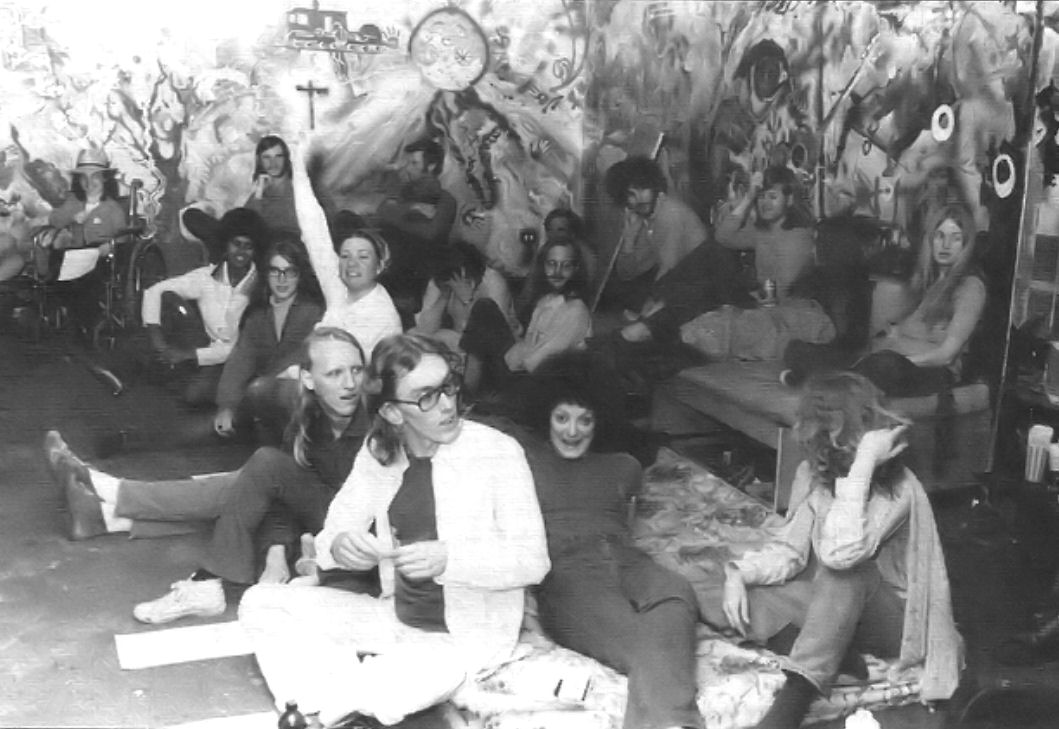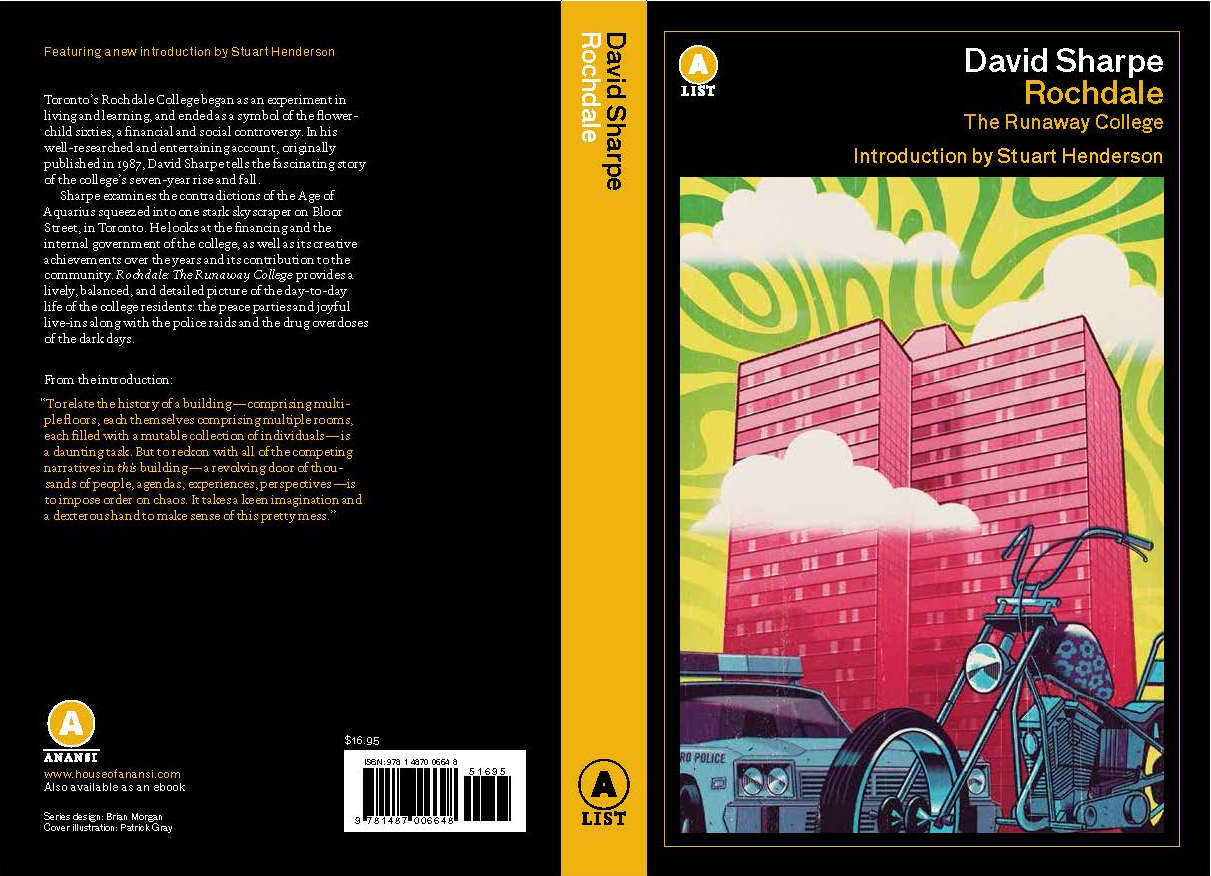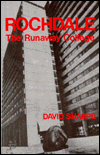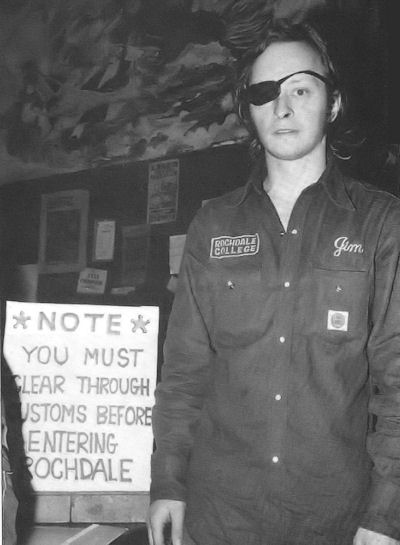In the late-Sixties, young idealists and rebels, eight hundred at a time, were
given full control of an eighteen-story highrise in the heart of English Canada's largest
city. Rochdale College it was, an untested, bold idea on Bloor Street at the edge of the
University of Toronto campus, a ten-minute walk from the Ontario Legislature. Rochdale
College, a twin tower of raw concrete and straight lines in its second year of operation
in 1970, the largest co-operative student residence in North America, the largest of the
more than 300 free universities in North America, and soon to be known across the country
as the largest drug supermarket in North America.
Toronto's Rochdale College began as an experiment in living and learning, and
ended as a symbol of the flower-child Sixties, a financial and social controversy. David
Sharpe now tells the fascinating story of the college's seven year rise and fall in this
entertaining and well-researched book.
Sharpe examines the contradictions of the Age of Aquarius squeezed into one stark
skyscraper on Bloor Street. He looks at the financing and the internal government of the
college, as well as its creative achievements over the years and its contribution to the
community. For the first time, Rochdale: The Runaway College provides us
with a balanced, detailed picture of the day to day life of the college residents: the
peace parties and joyful live-ins, as well as the police raids and the drug overdoses of
the dark days.
From Chapter 5: The
Changeling
If the new residents were a
problem to the resource people, non-residents were a problem to everyone. As
Rochdalians claimed floor by floor in the fall of 1968, transients discovered
wide open areas on the upper floors and moved in – and out and in and out. As
those areas became permanently occupied, the transients continued to wander and
squat and wander again. Meanwhile, word of mouth, word of press, called out: A
free college! A college so unlicensed that it offers, not freedom or license,
but both. Freedom from parents, freedom from rent, freedom even from an address.
Like a crowd to an accident, thousands of visitors and interim residents came
from the roads and the suburbs.
Metro had a little school
Its name was black as sin
And day and night the Metro kids
Were screaming to get in.
From Chapter 14: Under the
Rock
As Rochdale the Drug Store moved
its merchandise, Rochdale the College stabilized into a school that a school
marm would have difficulty recognizing. The first step was already well-advanced
– the rejection of academic and disinterested learning. University of Toronto
professor Elliot Rose styled education in Rochdale as “survival training in [an]
up-from-anarchy situation,” while resident Jack Jones pointed to the advantages
of Rochdale as “an educational junkyard, an un-learning situation.” The Daily
Planet [the college newspaper] praised “the slow striptease of our concepts, it
is even this which builds us.”
From the Anansi blog
(2019)
Fifty years on, let’s talk more
about that concrete elephant on Bloor. The Rochdale story and current headlines
resonate. Consider, for example, the wall against Mexico. As climate change and
overpopulation intersect, a defining crisis for years to come will be mass human
movement. Migrants, refugees, asylum-seekers are, profoundly, runaways. Rochdale
College faced exactly the same tangled problem. How do you protect your
community from perceived invasion? Should Rochdale Security evict and exclude?
But Rochdale created its unique world through the opposite — a fiercely
tolerant, wide-open front door. If freedom had not sparred with order, licence
with law, democracy with fiat, Rochdale College would not have given us this
grand, unbridled experiment, one that sends us squarely into the present.
Read more
Contents
Part One: The Rise
1. The Seven-Year
Itch
2. An Ideal
Beginning
3. The Rock
4. The Rochdalians
5. The Changeling
Part Two: The Tyger
Burning Bright
6. Pass / Fail
7. Govcon
8. Dismanagement
9. Independence
10. The Money Mess
11. Hipheaven
12. To Serve and Protect
Part Three: The 18-Story
High
13. High Society
14. Under the Rock
15. Arts Daily
16. Business Unusual
17. A Symbol on Bloor
Part Four: The Rocking
Cradle
18. The Fan
19. Danger Zone
20. To the Wall
21. Drug-Pros and Cons
22. The Great White
Fathers
Part Five: The Fall
23. Invasion
24. Sirens at the Rock
25. Eviction
26. Afterwords






